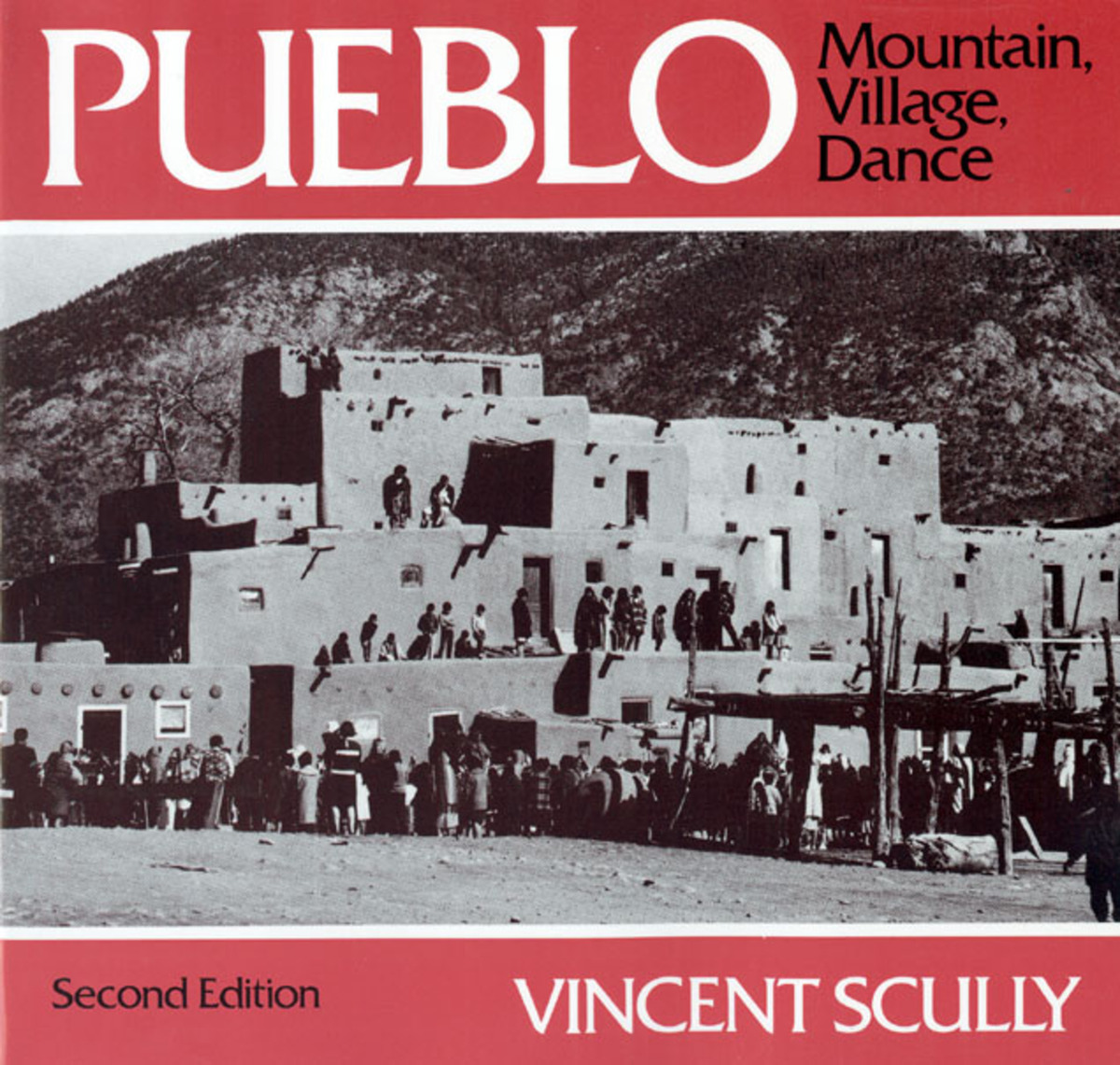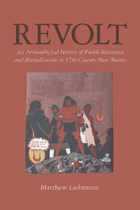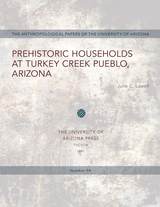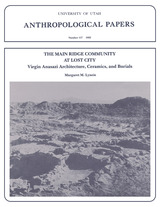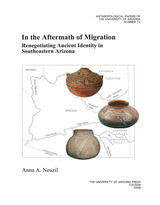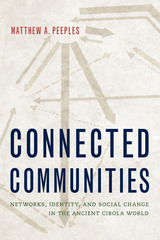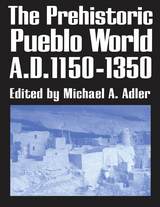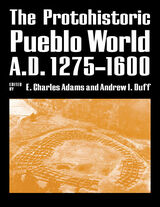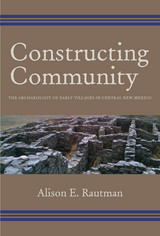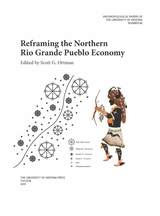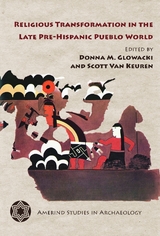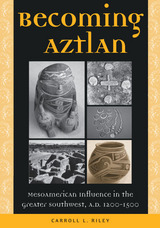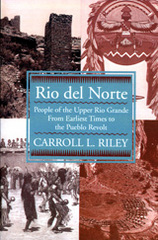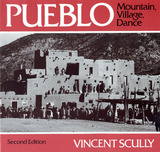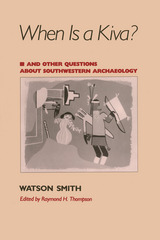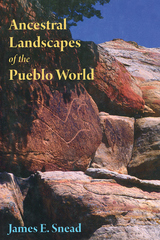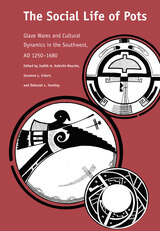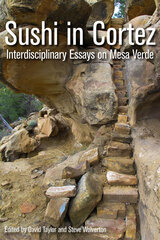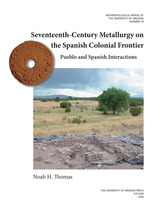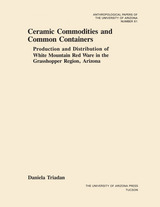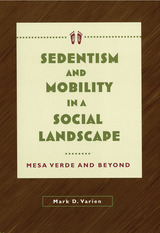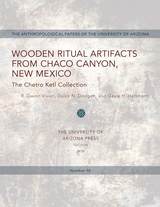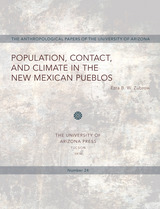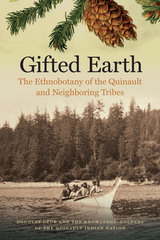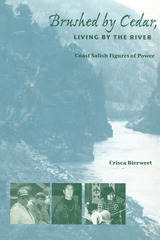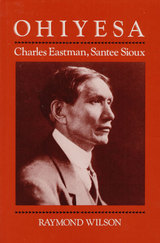Pueblo: Mountain, Village, Dance
University of Chicago Press, 1989
Paper: 978-0-226-74393-6 | Cloth: 978-0-226-74392-9
Library of Congress Classification E99.P9S37 1989
Dewey Decimal Classification 978.900497
Paper: 978-0-226-74393-6 | Cloth: 978-0-226-74392-9
Library of Congress Classification E99.P9S37 1989
Dewey Decimal Classification 978.900497
ABOUT THIS BOOK | AUTHOR BIOGRAPHY | TOC
ABOUT THIS BOOK
The vast and beautiful landscape of the American Southwest has long haunted artists and writers seeking to understand the mysteries of the deep affinity between the land and the Native Americans who have lived on it for centuries. In this pioneering study, art historian Vincent Scully explores the inhabitants' understanding of the natural world in an entirely original way—by observing and analyzing the complex yet visible relationships between the landscape of mountain and desert, the ancient ruins and the pueblos, and the ceremonial dances that take place with them. Scully sees these intricate dances as the most profound works of art yet produced on the American continent—as human action entwined with the natural world and framed by architectural forms, in which the Pueblos express their belief in the unity of all earthly things.
Scully's observations, presented in lively prose and exciting photographs, are based on his own personal experiences of the Southwest; on his exploration of the region of the Rio Grande and the Hopi mesas; on his witnessing of the dances and ceremonies of the Pueblos and others; and on his research into their culture and history. He draws on the vast literature inspired by the Native Americans—from early exploration narratives to the writing of D. H. Lawrence to recent scholarship—to enrich and support his unique approach to the subject.
To this second edition Scully has added a new preface that raises issues of preservation and development. He has also written an extensive postscript that reassesses the relationship between nature and culture in Native American tradition and its relevance to contemporary architecture and landscape.
"Coming to Pueblo architecture as he does from a provocative study of sacred architecture in ancient Greece, Scully has much to say that is both striking and moving of the Pueblo attitudes toward sacred places, the arrangement of structures in space, the lives of men and beasts, and man's relation to rain, earth, vegetation."—Robert M. Adams, New York Review of Books
Scully's observations, presented in lively prose and exciting photographs, are based on his own personal experiences of the Southwest; on his exploration of the region of the Rio Grande and the Hopi mesas; on his witnessing of the dances and ceremonies of the Pueblos and others; and on his research into their culture and history. He draws on the vast literature inspired by the Native Americans—from early exploration narratives to the writing of D. H. Lawrence to recent scholarship—to enrich and support his unique approach to the subject.
To this second edition Scully has added a new preface that raises issues of preservation and development. He has also written an extensive postscript that reassesses the relationship between nature and culture in Native American tradition and its relevance to contemporary architecture and landscape.
"Coming to Pueblo architecture as he does from a provocative study of sacred architecture in ancient Greece, Scully has much to say that is both striking and moving of the Pueblo attitudes toward sacred places, the arrangement of structures in space, the lives of men and beasts, and man's relation to rain, earth, vegetation."—Robert M. Adams, New York Review of Books
See other books on: Mountain | Pueblo | Pueblo architecture | Pueblo Indians | Pueblos
See other titles from University of Chicago Press
